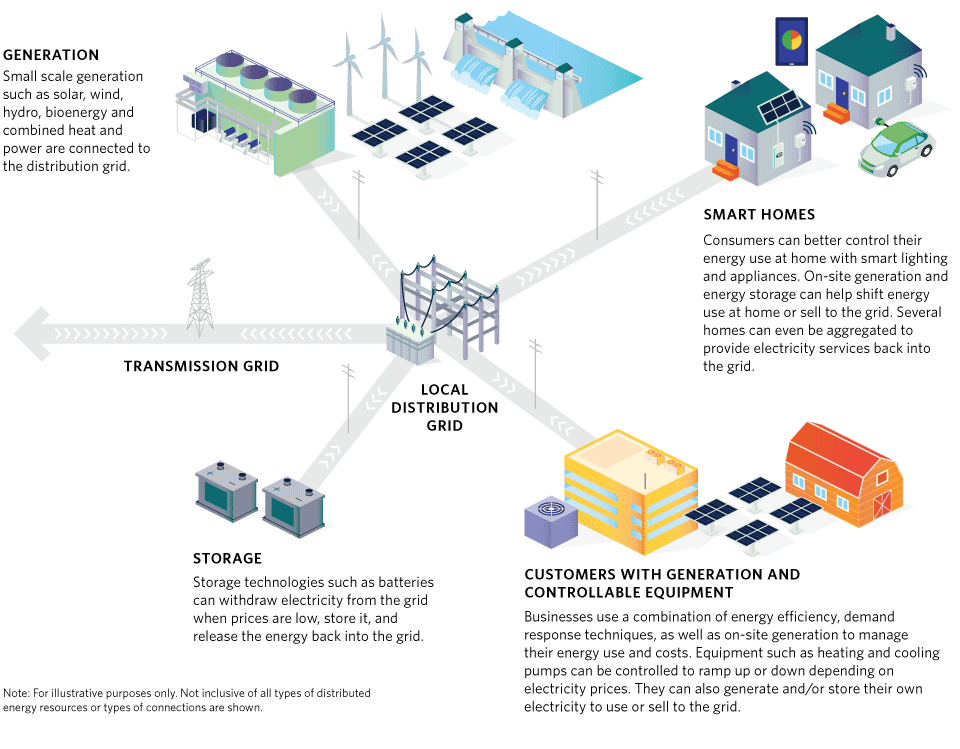

Projects such as POWER.HOUSE provide a glimpse of what might happen when embedded generation increases to a more significant portion of Ontario’s installed capacity.
Distributed energy resources will give consumers a way to make consumption and conservation decisions based on supply conditions and price, enabling them to make more informed choices.